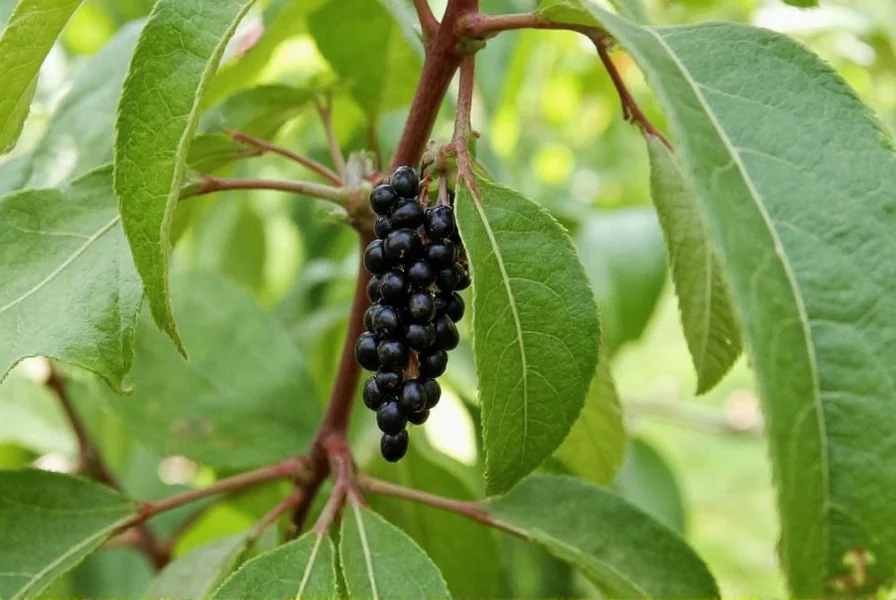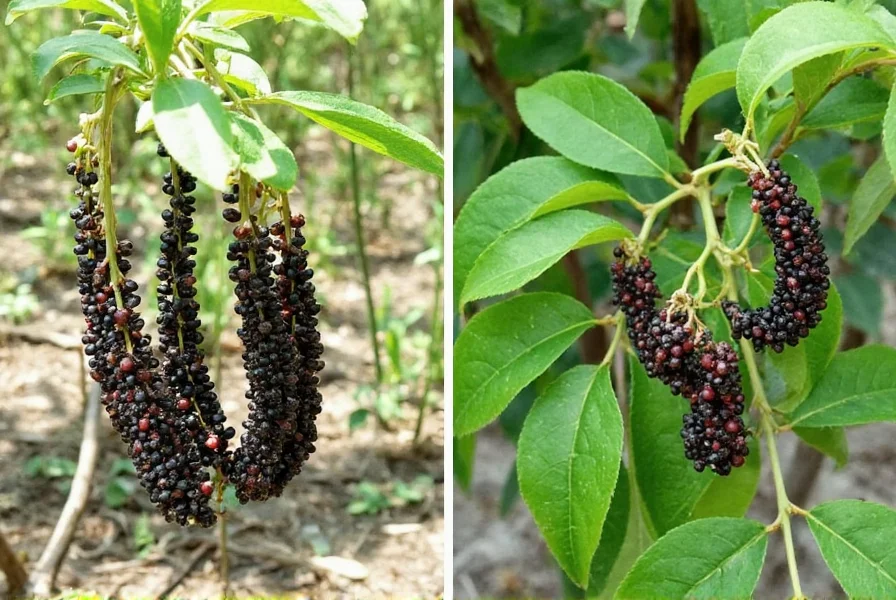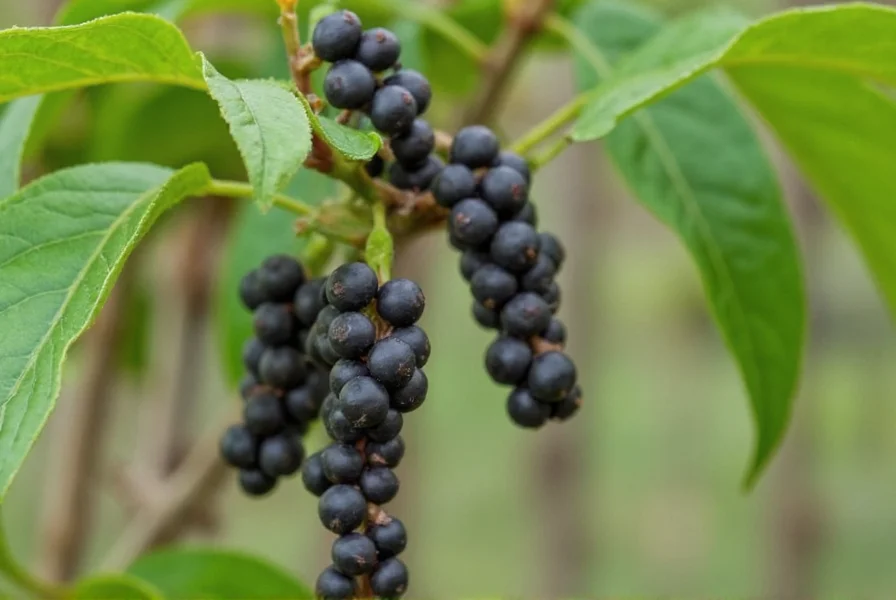Understanding how black pepper grows reveals one of the world's oldest and most beloved spices' fascinating journey from vine to table. This tropical perennial vine has been cultivated for thousands of years, with its pungent flavor enhancing cuisines across the globe. The growth process of black pepper is both scientifically interesting and agriculturally significant, explaining why this "king of spices" commands such value in culinary traditions worldwide.
The Black Pepper Plant: Piper nigrum
Scientifically known as Piper nigrum, the black pepper plant belongs to the Piperaceae family. This flowering vine is native to South India's Malabar Coast but now grows in various tropical regions around the world. Unlike common misconceptions, black pepper doesn't grow on bushes or trees but rather as a climbing vine that can reach up to 15 meters in height when supported by host trees or structures.
The plant features large, dark green, heart-shaped leaves and produces small flowers arranged in hanging spikes. These flower spikes eventually develop into the peppercorns we recognize, though they begin as small green berries. Understanding the black pepper plant growth cycle requires examining its specific environmental needs and developmental stages.
Optimal Growing Conditions for Black Pepper
Black pepper thrives in specific tropical conditions that mimic its natural habitat. The tropical conditions for pepper cultivation include:
| Factor | Requirement | Notes |
|---|---|---|
| Temperature | 24-30°C (75-86°F) | Frost kills the plant; cannot tolerate temperatures below 10°C (50°F) |
| Rainfall | 150-250 cm annually | Requires well-distributed rainfall with a dry period for flowering |
| Soil | Well-drained loam | Rich in organic matter; pH 5.5-6.5 preferred |
| Light | Partial shade | Young plants need protection; mature vines tolerate more sun |
The Complete Growth Cycle of Black Pepper
The black pepper berry development stages follow a precise sequence that determines the type of pepper produced:
1. Planting and Establishment (First Year)
Black pepper is typically propagated through stem cuttings rather than seeds for consistent quality. Cuttings are planted near support structures like trees or poles. During the first year, the vine establishes its root system and begins climbing. Proper moisture and partial shade are critical during this establishment phase of Piper nigrum cultivation process.
2. Vine Development (Year 2)
In the second year, the vine grows more vigorously, reaching heights of 3-4 meters. The plant develops its characteristic heart-shaped leaves and begins to produce flower spikes. This pepper plant flowering process typically occurs at the end of the rainy season when conditions become slightly drier.

3. Flowering and Fruit Set
Small flowers appear in pendulous spikes that can contain 50-60 flowers. After pollination (primarily by wind and insects), these flowers develop into small green berries. Each spike will produce a cluster of berries that gradually mature over several months. This stage is crucial in understanding how black pepper vines grow their characteristic fruit clusters.
4. Berry Ripening Process
The ripening process determines what type of pepper is produced:
- Green pepper: Unripe berries, harvested early and preserved
- Black pepper: Berries picked when nearly ripe (green to yellow), then sun-dried causing enzymatic browning
- White pepper: Fully ripe red berries with outer layer removed before drying
- Red pepper: Fully ripe berries preserved without removing outer layer
The transformation from green to black occurs during the 3-7 day sun-drying process, where enzymes cause the outer layer to darken. This explains the difference between black white and green pepper growth—it's all about harvest timing and processing, not different plants.
Harvesting Practices Around the World
Commercial black pepper harvesting process requires careful timing. Experienced farmers determine harvest readiness by berry color—when most berries on a spike turn from green to yellow or pink. Harvesting occurs early in the morning to prevent premature drying.
In traditional growing regions like Kerala, India (which produces about 50% of the world's black pepper), farmers use selective harvesting methods, picking only mature spikes while leaving others to continue ripening. This labor-intensive process ensures optimal quality for the where does black pepper grow naturally regions.

Timeframe for Black Pepper Production
Understanding how long does it take for black pepper to grow commercially is important for cultivation planning:
- Year 1: Establishment phase, minimal growth
- Year 2: First flowering and limited fruit production
- Year 3: Significant harvest begins
- Years 4-7: Peak production period
- Years 8+: Production gradually declines
A healthy black pepper vine can produce for 20-30 years under optimal conditions, though commercial growers typically replace plants after 15-20 years when yields decline. The plant's longevity explains why ancient pepper gardens in India continue producing after centuries.
Global Cultivation Practices
While black pepper originated in India, it's now cultivated across tropical regions including Vietnam (the world's largest producer), Indonesia, Malaysia, Brazil, and Sri Lanka. Each region has adapted pepper cultivation practices to local conditions while maintaining the essential growth requirements.
Vietnamese growers, for example, have developed high-density planting systems that maximize yield per hectare, while traditional Indian growers often integrate pepper vines into existing forest ecosystems, allowing them to climb native trees. These diverse approaches to black pepper cultivation around the world demonstrate the plant's adaptability within its required tropical parameters.
Interesting Growth Facts About Black Pepper
Several lesser-known aspects of black pepper growth highlight its botanical uniqueness:
- The pungency compound piperine develops primarily in the outer layer of the berry
- Pepper vines can produce year-round in ideal conditions, though most have a primary harvest season
- Traditional intercropping with coffee, cardamom, or fruit trees improves soil health and provides necessary shade
- The plant has natural pest resistance but is vulnerable to root rot in poorly drained soils
Frequently Asked Questions
How long does it take for black pepper to grow from planting to harvest?
Black pepper vines typically take 2-3 years to produce a significant harvest. While some flowering may occur in the second year, commercial harvests usually begin in the third year after planting. The vines reach peak production between years 4-7 and can continue producing for 20-30 years under optimal conditions.
Can black pepper grow in non-tropical climates?
Black pepper cannot grow outdoors in non-tropical climates as it requires consistently warm temperatures (24-30°C/75-86°F), high humidity, and protection from frost. In temperate regions, it can be grown indoors as a houseplant but rarely produces significant harvests due to insufficient light and humidity levels.
Why are black peppercorns black when they grow green on the vine?
Black peppercorns start as green berries on the vine. They're harvested when nearly ripe (turning yellow), then sun-dried for 3-7 days. During drying, enzymes in the outer layer react and cause the berries to turn black through a process called enzymatic browning. This transformation creates the characteristic flavor and appearance of black pepper.
What's the difference between black pepper and white pepper growth?
Black pepper and white pepper come from the same plant (Piper nigrum). The difference lies in harvest timing and processing. Black pepper is made from unripe green berries that are dried until they turn black. White pepper comes from fully ripe red berries with the outer layer removed before drying, leaving only the inner seed. This explains the flavor difference between the two pepper varieties.
How tall does a black pepper vine grow?
In its natural habitat, a black pepper vine can grow up to 15 meters (about 50 feet) tall when supported by trees or structures. Commercial plantations typically train vines to grow 3-4 meters high for easier harvesting. The vine uses aerial roots to cling to support structures as it climbs upward toward sunlight.











 浙公网安备
33010002000092号
浙公网安备
33010002000092号 浙B2-20120091-4
浙B2-20120091-4